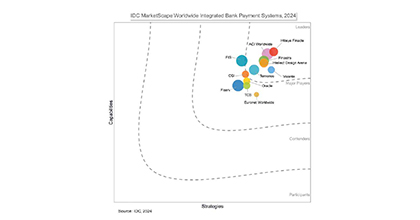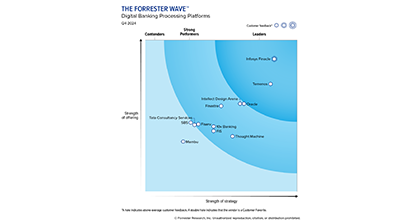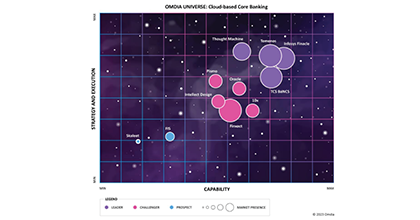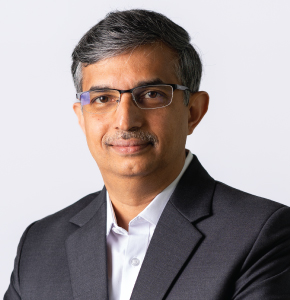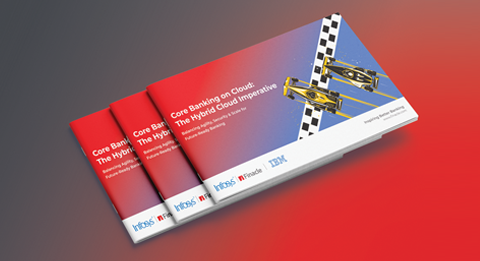This is India’s Time
Over the past decade, India has experienced remarkable growth in financial services innovation. In 2011, only 44 percent of Indians aged 15 and older had a bank account. By 2021, that number increased significantly to 78 percent1. As of August 2024, the PM Jan Dhan Yojana, India’s initiative to provide universal, affordable, and formal financial services to the unbanked, had onboarded more than 530 million bank accounts2. When considering transaction volumes, India’s journey becomes even more impressive. For instance, UPI payments alone totalled 15.5 billion in November3. Real-time payments now account for 48.5 percent of global transaction volumes4.
The payments success is not isolated, even on newer platforms like Account Aggregation; between April 2023 and March 2024, the number of consents secured surged by 1,059 per cent, making it the world’s fastest-growing open finance ecosystem.5
As India's digital public infrastructure evolves rapidly, it is poised to maintain its leadership in digital financial services growth for the next decade. Looking ahead, we can expect innovative initiatives across these public digital platforms. Recently announced features include the "UPI Family Circle," which allows multiple individuals to use a single UPI ID6, and "Hello UPI," which enables payments through voice commands7. Additionally, new systems like the UPI-styled Unified Lending Interface (ULI) and the Open Credit Enablement Network (OCEN) aim to democratize credit, making it easier for individuals and Micro, Small, and Medium Enterprises (MSMEs) to access loans.89
India is broadening its achievements in embedded finance further. Today, it is possible not only to make payments through third-party apps – where more than 90 percent of transactions originate in third-party, non-bank apps10, but also to invest in bank and corporate deposits, as well as to obtain loans from various FinTech platforms, commerce services, and supply chain finance solutions.
On the large corporate side, bank-to-corporate API connectivity is transforming flows. Initiatives like Digital Rupee, India's Central Bank Digital Currency, are expected to streamline cross-border payments.11
The rapid adoption of these platforms in a large country like India is causing transaction volumes in the core systems across all financial institutions to grow rapidly. To keep pace, the country requires a highly resilient banking infrastructure and greater adoption of modern technologies among Indian financial institutions. Fortunately, the sector has benefitted from robust real-time core foundations. These foundations have facilitated real-time payments, real-time account aggregation, open payments, open lending, and now a broader open finance ecosystem. This is the time to build on that progress by focusing on the following three impactful areas:
Cloud for resilience at scale
Indian enterprises lag far behind in cloud adoption, investing just $17.5 per employee – less than 9 percent of the global average12. Commercial banks are no exception, holding back for several reasons, the most important being that the economics of running massive mission-critical workloads on cloud is not as attractive as in other markets.
But in order to remain future-proof, Indian financial services will need to build “cloud muscle”. Some options include running cloud-native systems on private cloud, migrating mission-critical workloads to hybrid cloud, and subscribing to cloud-based software as a service. It is recommended to first migrate relatively low-complexity operations – GIFT City or international, for example – to gain confidence in before shifting high-volume home market businesses13. What’s more, the industry may soon have an affordable cloud alternative from the Reserve Bank of India, which plans to pilot a cloud platform in 2025 offering local cloud storage to financial institutions at lower costs.
AI for insights and automation at scale
The digitisation of population-scale public infrastructure – think GST, Account Aggregation, Digilocker – has created huge data of potentially great value to many industries. Extracting this value fully requires building muscle on data and AI technologies. Unfortunately, the progress here is slower than the remarkable adoption seen in digital platforms.
Financial institutions must adopt a comprehensive approach to data and AI integration. This includes implementing enterprise data platforms capable of automating data pipelines to clean, transform, and deliver data for AI and other organizational needs. It is essential to utilize industry-standard data models, such as BIAN (Banking Industry Architecture Network), to create easily accessible data marts that facilitate rapid and interoperable access.
In addition to specialized vertical solutions like AI-powered fraud management, banks should invest in enterprise AI platforms. These platforms enable organizations to build, train, deploy, monitor, and optimize AI solutions from a single, unified interface. Today, banks can leverage low-code, generative AI-driven tools that empower both technical and business users to quickly develop explainable AI solutions.
AI is revolutionizing the banking sector by reshaping customer experience, risk management, and decision-making processes. Therefore, a key priority for 2025 will be establishing a solid data and AI foundation to fully realize it’s potential.
Composable architecture
Galloping transactions are stretching financial institutions’ existing infrastructure. To sustain banks need to transition to a composable architecture. Taking a thoughtful, platform-oriented approach, Indian financial institutions should look for a proven next-gen solution that can support exponentially growing transactions without losing performance; an ideal platform is one with the following architectural virtues – cloud-native and cloud-neutral; highly scalable; API and event-driven; component-based; strong data and AI foundations.
Last but not least, financial institutions should work with a trusted partner for defining and executing their technology vision, so they can safely scale their business through the next decade of opportunity.
In conclusion, as Indian banks continue to lead their global counterparts in adopting innovative business models through digital public infrastructure, the foundation of cloud computing, AI, and composable architecture will be a powerful catalyst for sustained growth and transformative advancement over the next decade.
Originally published in CNBC TV18.
References:
1. https://www.statista.com/statistics/942795/india-financial-institution-account-ownership-rate/
3. https://www.npci.org.in/what-we-do/upi/product-statistics
7. https://www.npci.org.in/what-we-do/hello-upi/product-overview
8. https://www.forbesindia.com/article/news/gff-2024-a-regulatory-window-disruptions-and-uli/94025/1


